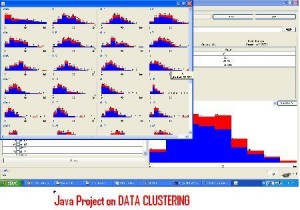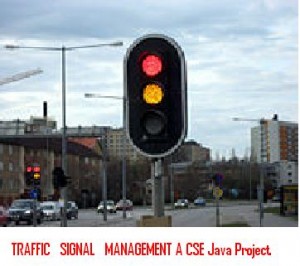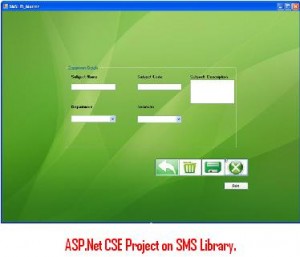Data Clustering For Pattern Cluster Analysis Java project provides option for better data analysis if you are looking for data analysis related project then this project will be help full. In data mining and information discovery, finding out patterns of previous unknown regularities in data using pattern discovery will be a help full tool for categorical data analysis. Even though the number of patterns searched is difficult. This project will allow better interpret the discovered patterns and use them for further analysis.
To provide a solution for this problem Data clustering project will provide a new method by clustering patterns and their associated data at the same time. Data containing the patterns are clustered when there related patterns are clustered. Relation between data and patterns is made explicit. These patterns are used for further analysis.
Data Clustering For Pattern Cluster Analysis project can be developed in any operating system. But it should contain JRE. Java SE,IDE Net beans 6.5 ,ANT and data mining tools.
System specifications for Data Clustering Java Project:
Hardware Requirements:
1) 2GB RAM and 80GB HDD
2) OS: Any OS
Software Requirement:
1) OS should have JRE (Java Runtime Environment)
2) Language: JAVA SE
3) IDE: Net beans 6.5
4) Build Tool: ANT
5) Data Mining Tools: WEKA, RAPID MINER.


